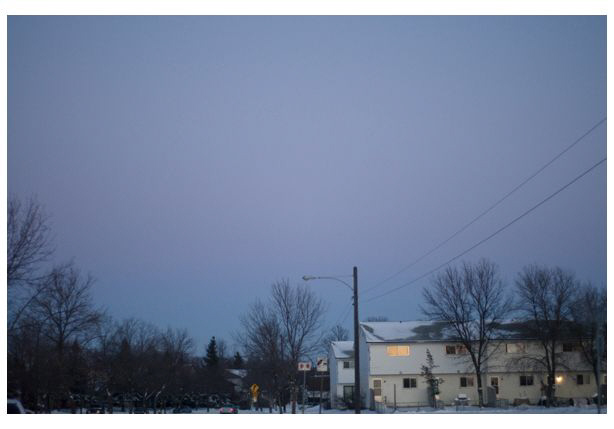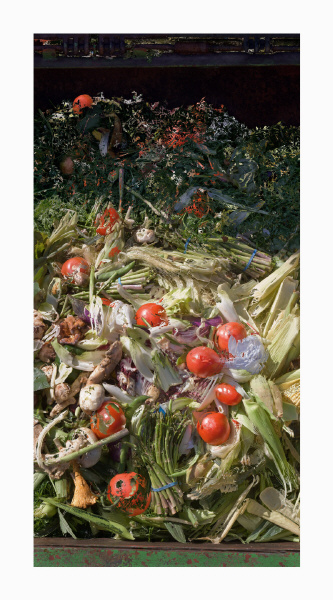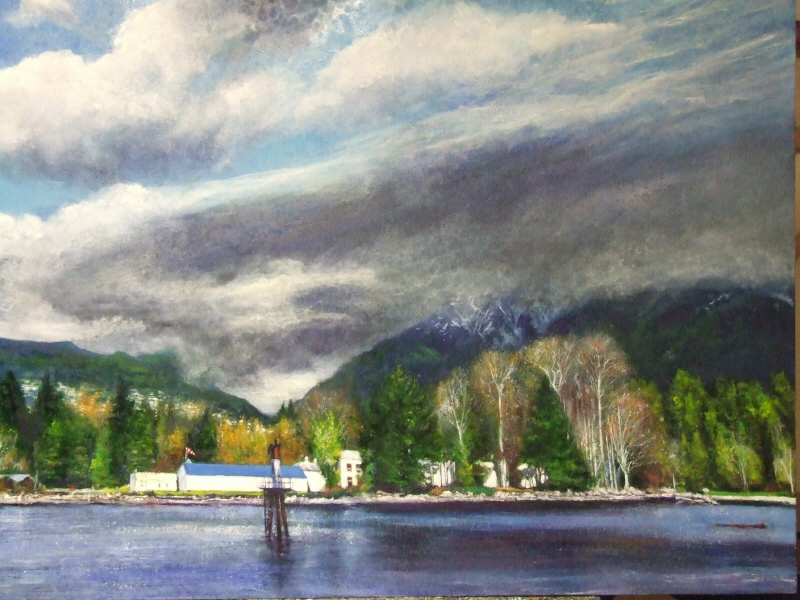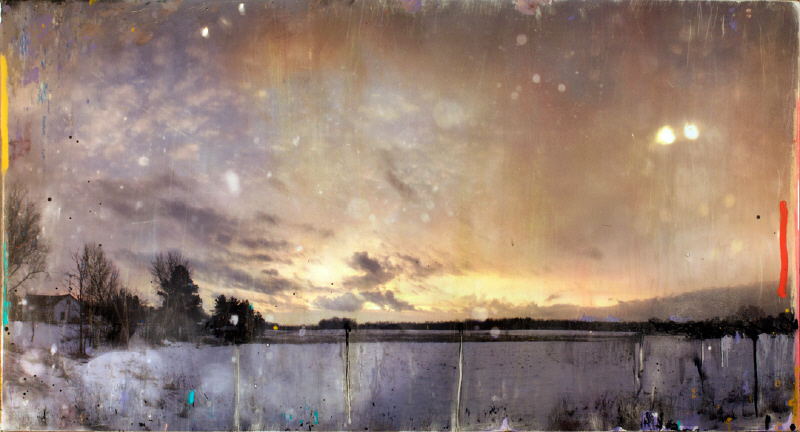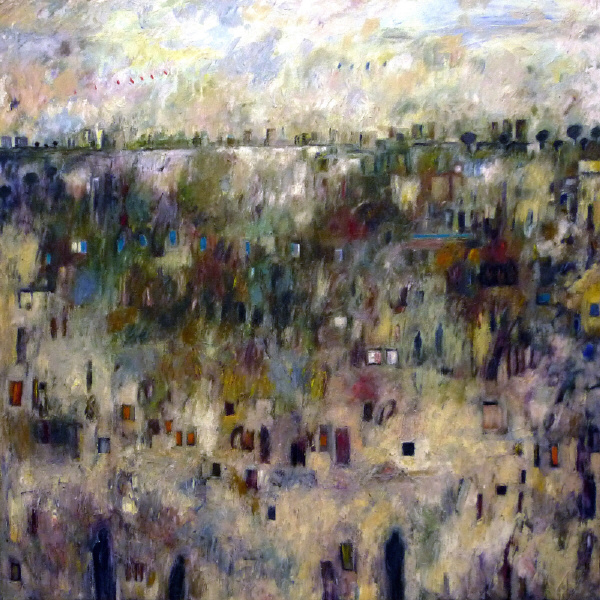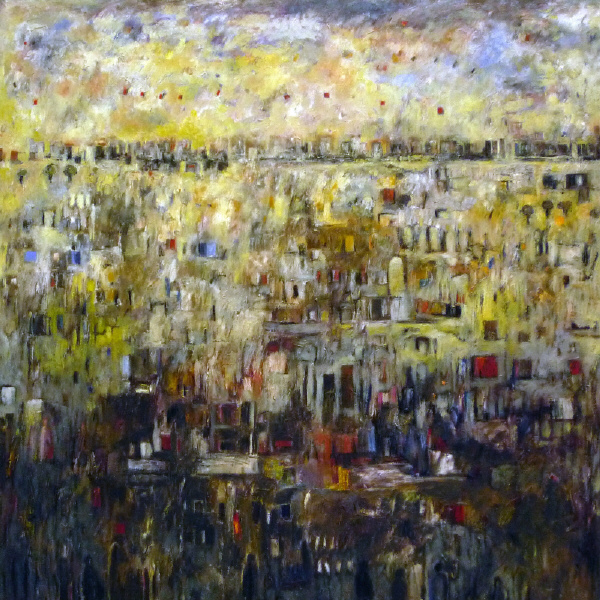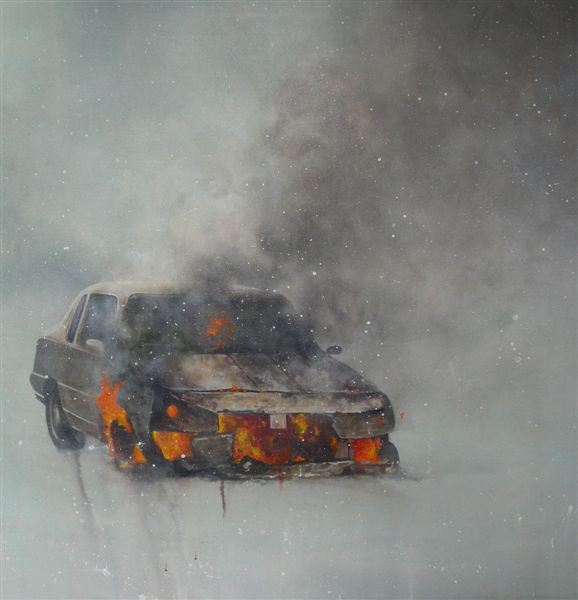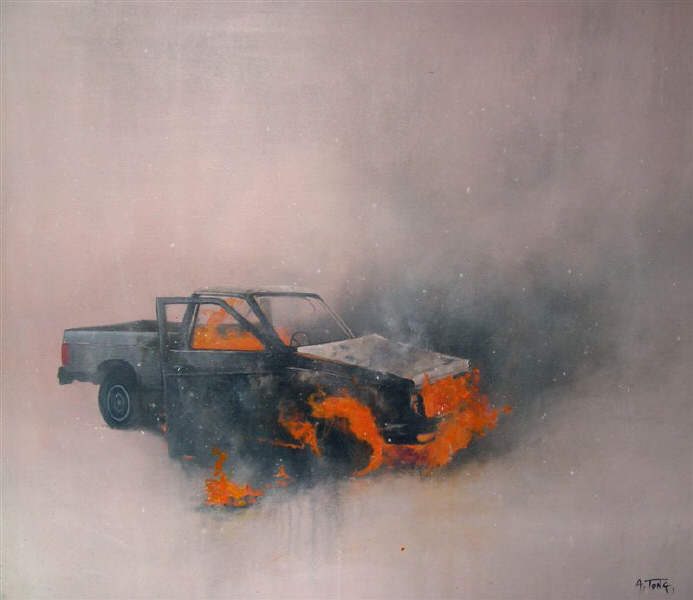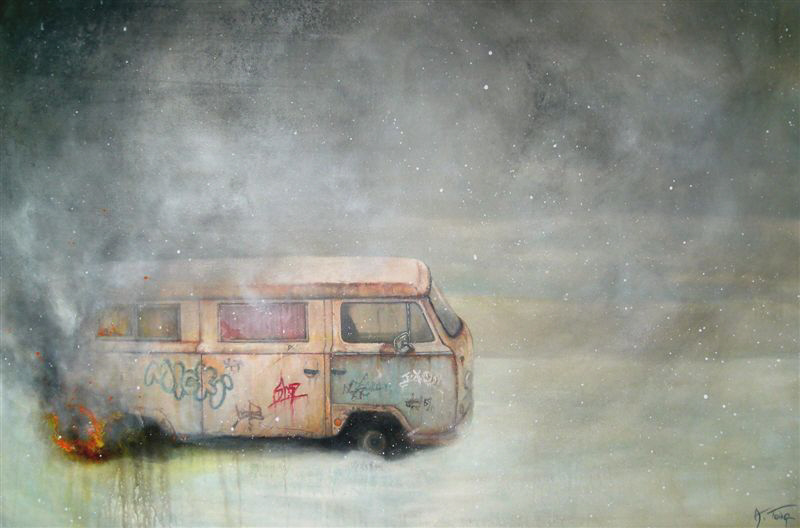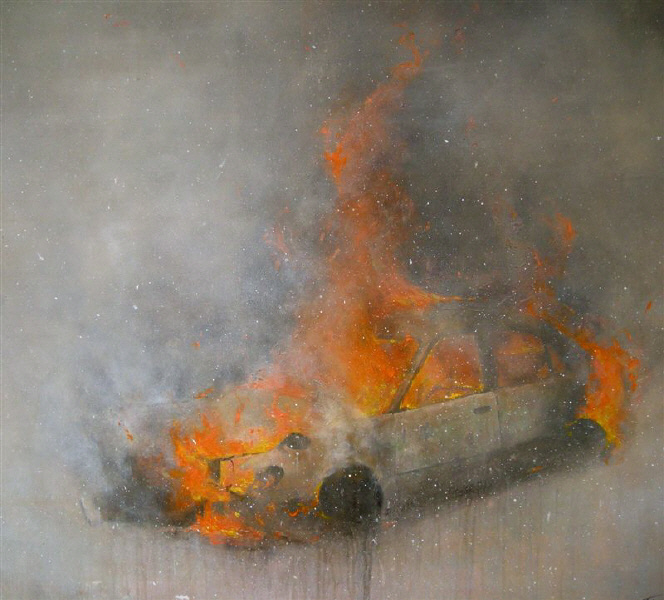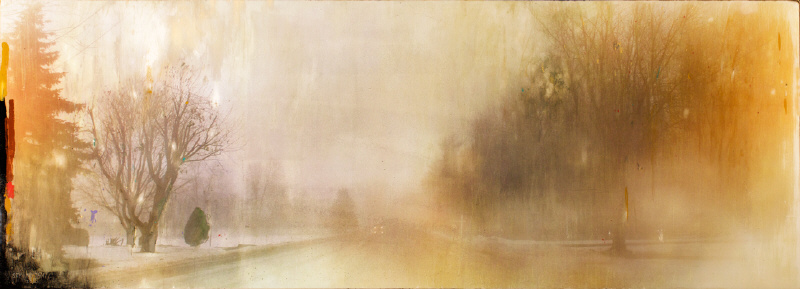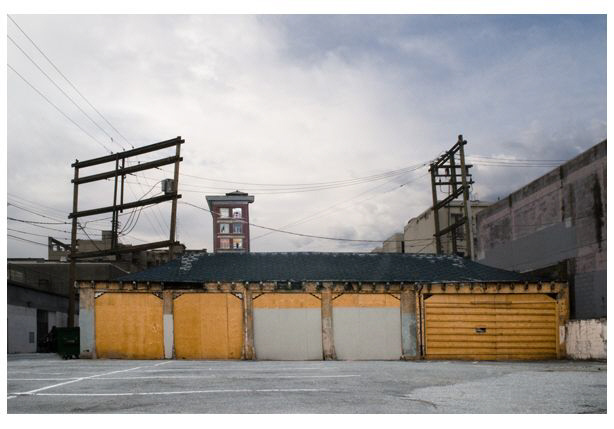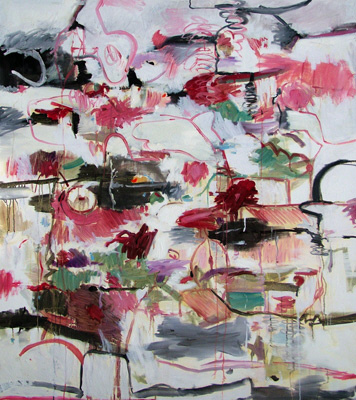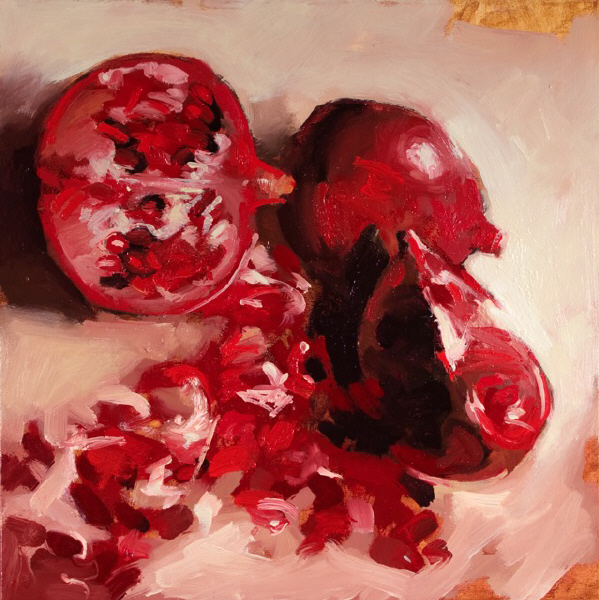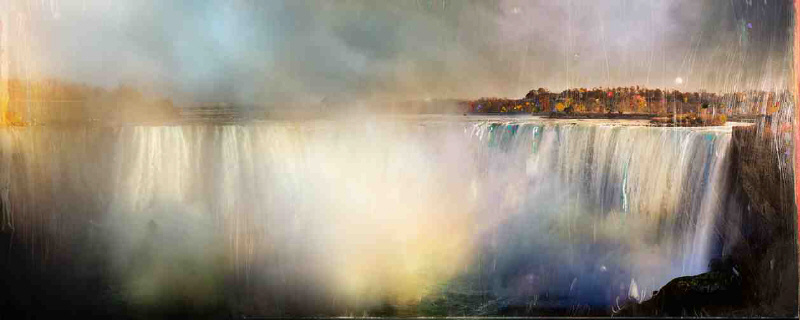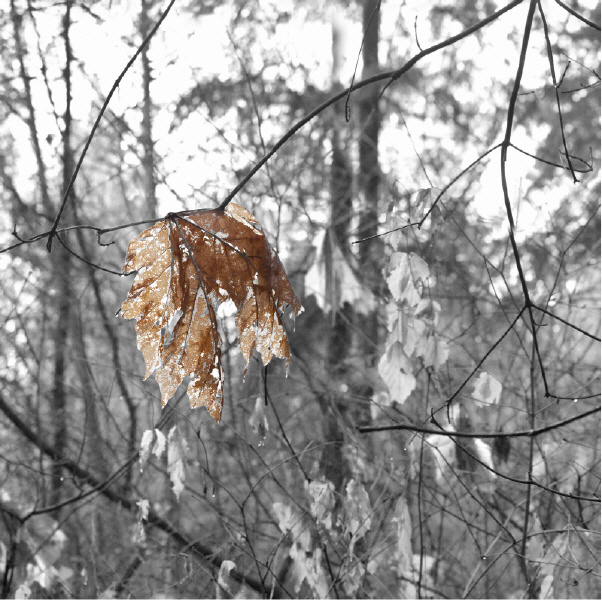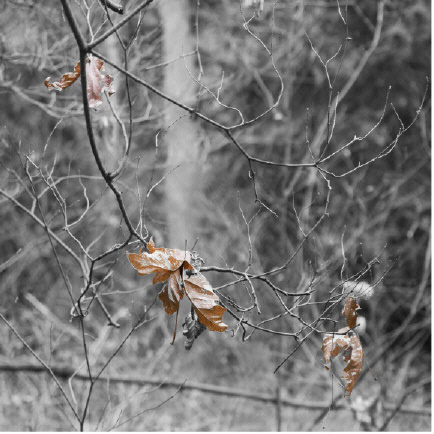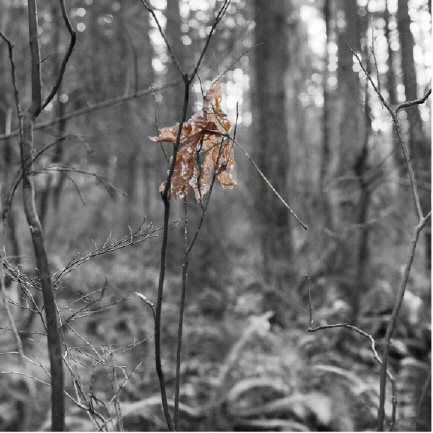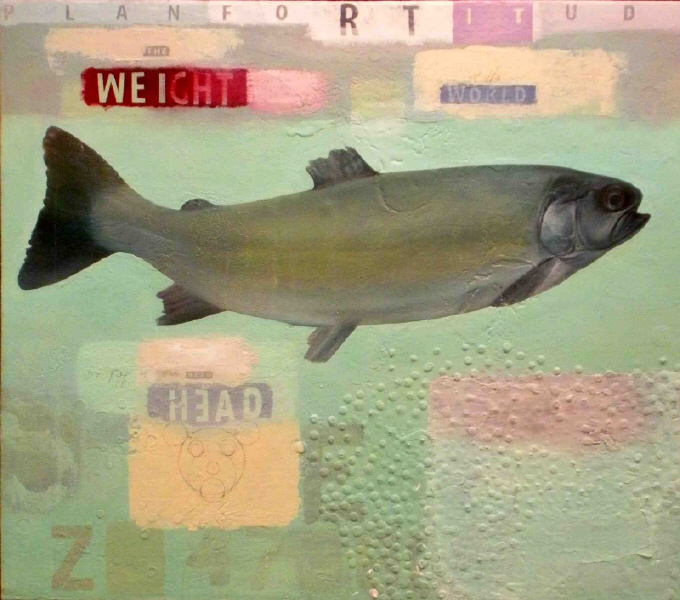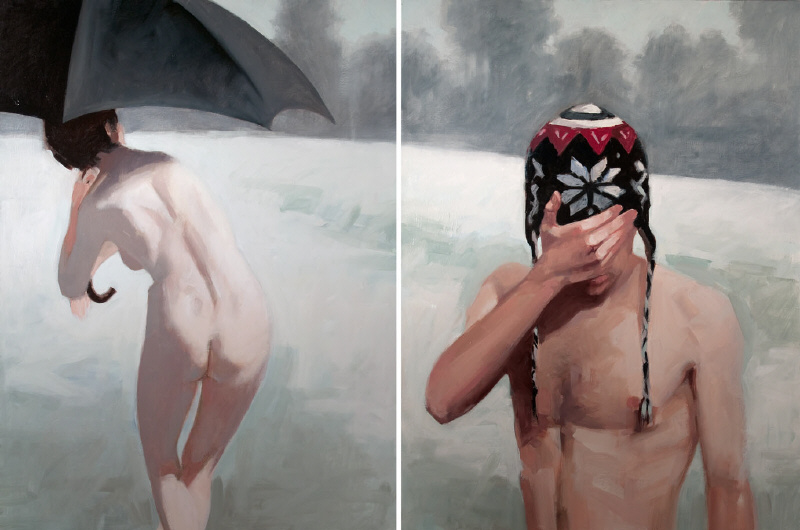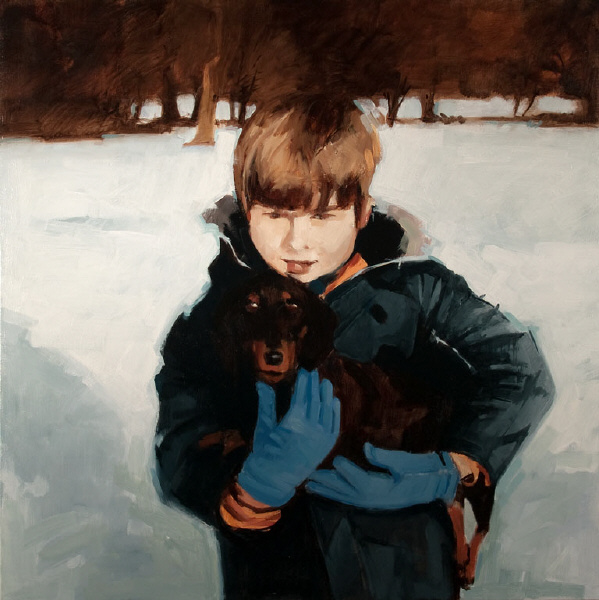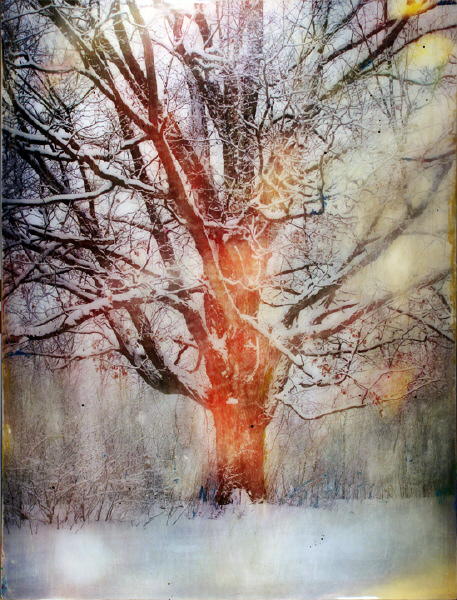"Winter" - celebrating 10 individual visions
Bruce Woycik, Katie Huisman, Katherine Surridge, Andrew Tong, Bruce Pashak, Carolyn Stockbridge, David Edwards, Stev'nn Hall, Helma Sawatzky
Feb 05, 2010 – Feb 27, 2010

WINTER
With the advent of postmodernism in the late 60s, we no longer ask the interminable question: 'what does this art work, mean?" But rather, 'what does this art work, do? Or, again, following Lyotard, 'what does this art work set in motion?' We can think of art in this way as producing a number of aesthetic effects or rather affects. The aesthetic effect, does not come from the object, but from the object being confronted by a beholder that 'gets' the meaning, 'feels' the effect. The winter-themed selection of paintings by gallery artists at the The Elliott Louis Gallery running from February 5 - 27th, curated by Lynn Ruscheinsky do just that. They confront the viewer with a new material of expression giving rise to multiple exchanges between individual and art. These interactions actually offer people diverse possibilities for overcoming alienation from nature and thus from themselves. Instead of presenting an apparent reconciliation with the hardship of winter, these works are involved in a reconfiguration; a re-ordering and re-thinking of our habitual responses to the world. In each way they bring something new to our experience of winter.
Because traditional Canadian landscapes seem so realistic, and others appear to represent time-honored historic truths, it can be difficult for artists taking up the genre to depict situations or relationships pertinent to contemporary conditions. Importantly, the Winter artists have done just that, they have reshaped the artistic conventions and aesthetic codes of the Canadian landscape through innovation and experimentation with materials and technology. While the Canadian landscape genre encompassed numerous modes, from the pastoral to the allegorical, its least assuming theme, the local land, continues to be its' most innovative. Stev'nn Hall, Katie Huisman, Michael Levin, Gavin Lynch, Katherine Surridge, Andrew Tong and Bruce Woycik take up these pictorial traditions transforming them in inventive and imaginative ways.
Stev'nn Hall's atmospheric photo-works, David Edward's photo-based paintings and Bruce Woycik's local views of city and harbour take us on a nostalgic journey along historical Canadian landmarks or familiar sites of recreation asking us to reconcile the virtual world of childhood memory with the actuality of present experience. In much the same way, Gavin Lynch's blurred dream-like vistas of northern British Columbia re-call those fleeting moments of pure intuition in which past, present, and future has no hold.
By contrast, Lynch's If Possible, Backwards and Single Plane Painting expose the artifice of painting. Lynch divides the surface plane of the canvas into a complex aggregate of heterogeneous elements that divides and changes the representational unity of 'real' space demanding the viewer's active participation in the creative process of apprehension.
Katherine Surridge has also fragmented the surface of her winter cityscapes into small bytes of information. What is important here is that Surridge has presented us with a vision of contemporary urban life in which the individual's subjectivity is predominantly formed by the world they live in, and that world is multi-faceted. Surridge's style alludes to new digital technology, and in particular the new machines of communication, that fracture our consciousness into multiple states not predictable of a single subject. Her works asks us to think through the complexity of processes that form subjectivity.
Andrew Tong's work also asks us to consider the mental and social ecologies that produce us as subjects. He exposes, rather than veils under a blanket of snow, the deeper social issues of violence and destruction in our contemporary society. Indeed, he forces us to acknowledge the impact such violence has upon the formation of our psyche claiming we are no longer in a state of ignorant innocence.
In contrast to these artists' approach, Michael Levin's, Helma Sawatsky's and Katie Huisman's photographs confront us with a hyper-reality.
Huisman's digital manipulation of her photographs duplicates the highly artificial system of one-point perspective thereby transforming familiar local architecture into pure geometric forms. This is not the way that our very human stereoscopic vision allows us to see the world. The subtle changes that Huisman has made to her photos creates for us a heightened awareness of the everyday, eliciting an affective response that throws us off into another path, allowing us to break with old habits of seeing and perhaps go beyond what we might consider typical understanding.
It is also important to point out that breaking with habitual ways of seeing requires first and foremost that one becomes aware of one's already existing reactions and responses to the environment. Michael Levin's photographs pushes forward the boundaries of what can be experienced. For example, Levin's Jericho allows us to see far beyond the actual capability of the human body. Using long exposure, foreground and background are perfectly in focus, focusing our attention in ways that almost seem to transcendent subjective experience. As a result, Levin's art might be understood as less involved with making sense of the world and more involved with exploring the possibilities of being in the world.
While Levin offers us more than what is possible with our own eyes, Helma Sawatzky's artistic strategy is to offer us less. Sawatzky carefully removes information from her digital photographs in order to force the viewer to acknowledge not only the presence of the objects that appear before us but also the absences that are implicit to any making of meaning. In the Data Mulch Series Sawatzky has taken that which is discarded, literally the detritus of our lives, and transformed it into an aesthetically beautiful cornucopia recalling the vanitas still life paintings of Dutch Realism. The evocation of winter in the disintegration of rotting vegetation and withering leaves reveal to us the moral consequences of waste and the squandering of time.
Painting for both Bruce Pashak and Carolyn Stockbridge are stages for experimentation and play, for the actualization of different conceptual patterns and the performance of different possibilities.
Signs of ambage is an apt avowal by Bruce Pashak in his work called January for his thoughtful approach involves indirect ways of expressing things. Pashak's postmodern style introduces aesthetic playfulness and subversion into the rationalist discourses of knowledge and subjectivity. While Pashak's philosophic references and literary metaphors might seduce us into believing in accepted truths, the disruption of the visage and marred surface of the canvas belie such attempts at simple answers. Pashak's aesthetic does not ask us to participate in a kind of forgetfulness but rather evokes a consideration of the weight of the world.
Carolyn Stockbridge's abstraction involves the continuous painting over of an already laid out pictorial organization. A method of obliteration then but also, in the 'new' picture that emerges, of revelation. Like winter itself the harbinger of spring.
Lynn Ruscheinsky
